HDR stands for High Dynamic Range Imaging. HDR is new to projector technologies. It influences display technology very well.
HDR improves the image quality of a projector. HDR TVs are very common now. Its addition to projectors gives the viewers a high dynamic range and contrast ratio.
The HDR format has many competitors. There are many other popular formats too. But HDR leads to higher picture quality.
Many projector manufacturer brands, like Sony, Samsung, Epson Home Cinema, etc., have used HDR technology in their products.
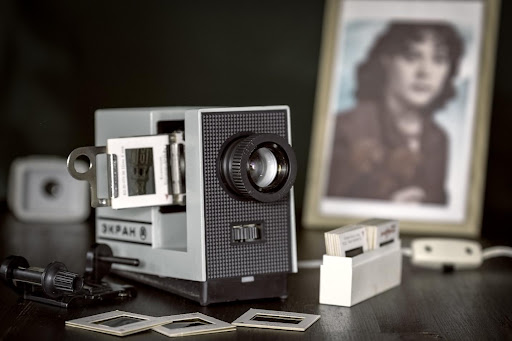
The section below studies the use of HDR technology on 4K projectors. It also gives information on HDR content, TVs, other devices, etc.
Contents
4K Home Theater Projectors
A 4K home cinema projector has four times a regular projector’s resolution. A standard projector has 1080 pixels. That is, it has 3840 x 2160 pixels.
The picture quality of 4K home theater projectors is high due to the high number of pixels. You can zoom in on the images and still have the same quality. Also, you get a high picture quality even from a distance.
Many streaming services are providing 4K content nowadays. So, a 4K projector will help stream as much content as possible.
Other than picture quality, there are many features to a 4K home theater projector. Some of them are given below.
- A smooth and life-like display
- Cinematic viewing experience
- Images have more detail.
- Wider color gamut than regular projectors
- It provides the best performance even in high ambient light.
- Greater dynamic range
- High color saturation
- Higher frame rates
- Works well with a short throw distance.
- It maintains picture clarity on a big screen.
- Gives more contrast than regular projectors.
4K home theater projectors also have several disadvantages to them. Some of them are:
- Use of enhanced 4K resolution in TVs and projectors
- High-speed internet is essential to stream 4K content.
- Input lag due to highly detailed image signals
- Visuals may lag when used as a gaming console.
- Relatively expensive
4K Projectors and Enhanced 4K Projectors
4K projectors are available in two types: True 4K and Enhanced 4K. True 4K projectors come with a resolution of 4096 x 2160 pixels.
But home theaters do not support this resolution. So, true 4K home theater projectors have 3840 x 2160 pixels resolution.
Enhanced 4K projectors have only 1920 x 1080 pixels resolution. It is enhanced technically to match 4K resolution.
The enhanced resolution creates high-quality images. But it loses clarity when you zoom in. It also does not support 3D content. The enhanced 4K resolution is not suitable for gaming.
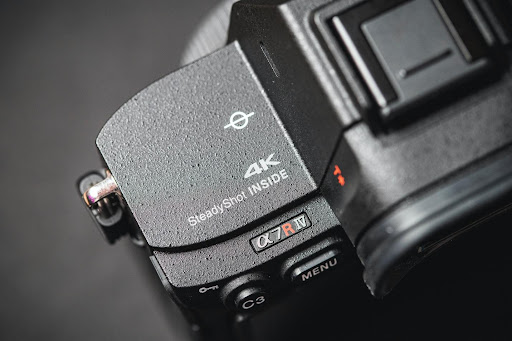
New Projector Technologies
Every year, manufacturers introduce new technologies among projectors. Some of the popular projector technologies are given in detail below.
Ultra-Short Throw Projector Technology
This technology is best for small rooms. You can place these projectors very near the screen. The small distance between the screen and the projector does not compromise the image quality of these products.
You can even place them just inches from the screen and still have high-quality visuals.
Pocket Projector Technology
The pocket projectors are very compact. You can even carry them in your backpack and pocket. The size does not affect the image quality of these projectors.
You get top-quality images from this technology.
HDR and SDR Technology
Both HDR and SDR are the latest trends in home cinema projector technology. Both of them ensure high picture quality and high contrast ratio.
The section below discusses the SDR and HDR technology in detail.
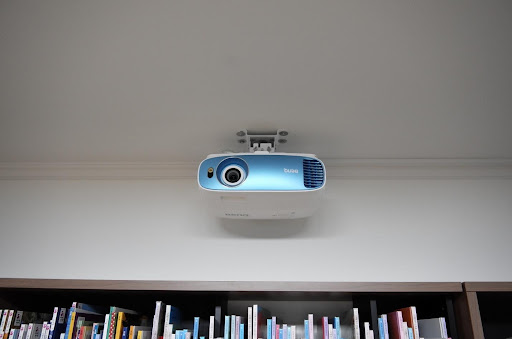
SDR or Standard Dynamic Range Technology
SDR, or Standard Dynamic Range, is the most common projector technology. It provides a standard dynamic range for the visuals shown. The dynamic range is not high as HDR technology.
But, SDR provides a high contrast ratio, maximum brightness, reasonable dynamic range, bright highlights, etc. SDR’s dynamic range is about six stops.
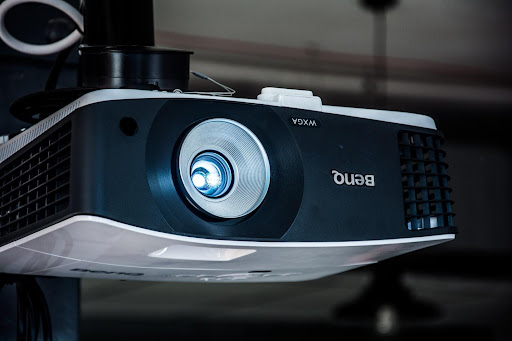
HDR Technology
HDR projectors are very popular currently. HDR is the acronym for High Dynamic Range. HDR video content is common among streaming devices, including TVs and projectors.
HDR video technology offers top-quality images and visuals. The images are almost the same as the life-like visuals in color gamut and contrast. It mixes shadow and light very well to create images with high depth.
The highlight of HDR video technology is its clarity. They show images at high speed with high brightness and high color accuracy.
With the HDR projectors, you can stream HDR content from popular OTT platforms like Netflix, Amazon Prime, etc.
The significant features of HDR projectors and HDR content are below.
High Dynamic Range
Dynamic range is essential to judge the picture quality of video devices like a home projector. It is the range between the brightest and darkest parts of a visual. HDR has a dynamic range of about 17.6 stops.
Simply put, it is the range between the images’ highlights and shadows. This is important for maintaining the details of an image.
HDR projector technology has a high dynamic range. It measures the light output of a visual and identifies the peak brightness to deliver accordingly.
It maintains brighter highlights and dark areas like in the input signal.
Wide Color Gamut
HDR has a wide color gamut than many other devices. It can show more colors and color ranges on the screen.
HDR home projector can display around 1 billion colors at least. This is one of the highest numbers in the section.

Light Output and Bit Depth
Bit depth is the color depth of a projector. It is the number of colors that a projector can show on the screen per pixel. HDR has a high color depth.
It displays color depths of up to 12 bits.
Types of HDR Technology
Among the five types of HDR technology, three are commonly used: Dolby Vision HDR, HDR10, and HDR10+. They are given in detail below.
Dolby Vision
Dolby Vision HDR is one of the popular technologies used to stream HDR signals. It uses dynamic metadata to deliver accurate images.
It adjusts each image’s dynamic range and contrast ratio based on its requirement. So, when content or video is streamed, each scene’s contrast and light output change. The result is high clarity and greater brightness.
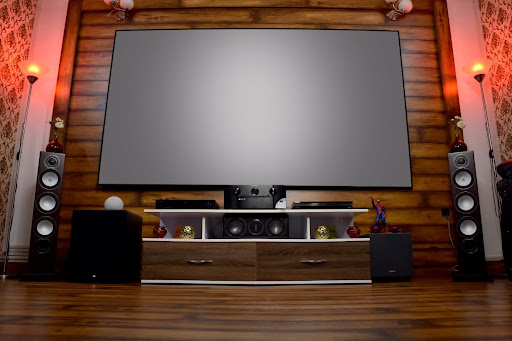
HDR 10
The HDR standards are high in these projectors. It has a higher range than the standard dynamic range devices. They have a color depth of 10 bits.
Maximum brightness, high HDR standard, flexible projection size, more contrast, etc., are the feature of this HDR technology.
HDR 10+
This HDR-compatible technology was developed as an alternative to Dolby Vision by the consumer electronics industry companies like Samsung and Panasonic. Because Dolby Vision is license based. HDR 10+ is a license-free version.
It performs similarly to Dolby Vision. It adjusts the HDR standards according to the requirements of each scene or image.
SDR Technology vs. HDR Technology
To check the impact of HDR technology on the 4K projectors listed, you have to compare it with the other existing technologies.
Standard Dynamic Range SDR is the most common projector technology. So, the section below compares SDR technology and HDR technology in not just one aspect but multiple aspects.
Dynamic Range
Dynamic range is the primary aspect in which HDR and SDR differ. HDR has a higher dynamic range than SDR. HDR supports highly detailed signals.
They automatically switch their features based on the input signals and adjust to produce the best HDR image.
SDR has a limited dynamic range. So, they usually clip colors that are beyond their range. Thus, in SDR projectors, grey may appear as black and light colors may appear as plain white.
The dynamic range value of SDR technology is six stops, and that of HDR technology is 17.6 stops.
Color Gamut

In terms of color gamut, HDR image projectors score better. HDR content has a wider color gamut. The light source does not matter for HDR content.
They adjust with various light sources and use different intensities to create the most accurate images.
Some other popular similarities and differences between HDR and SDR technology are mentioned below.
- Both SDR and HDR are used widely in televisions today.
- SDR has more significance in televisions, whereas HDR content is popular in various media streaming devices.
- Projectors with HDR compatibility have a color range of 1.6 billion colors. SDR projectors have a color range of 16.67 million colors.
Advantages of Impact of HDR Technology on 4K Home Theater Projectors
HDR technology is the next big thing in this display industry. HDR significantly improves the existing contrast ratio, brightness, color accuracy, clarity, etc. It has made an impact on the pixel-level picture quality of visuals.
The color space that an HDR projector provides is of high quality. It turns bright in a bright light source and dark in dark scenes. This wide-color space is new in the display industry.
The color space and high contrast ratio create shadows on the screen with great details. These highly detailed shadows give depth to the visuals. It makes the images more life-like.
The combination of 4K technology with HDR content is revolutionary. It improves the current display technologies in all aspects. You will get the perfect visuals and images on the screen.
The fact that almost all leading content streaming services use HDR content points to the scope of HDR in the display industry. Service providers like Disney, Netflix, Warner Brothers, etc., highlights HDR content.
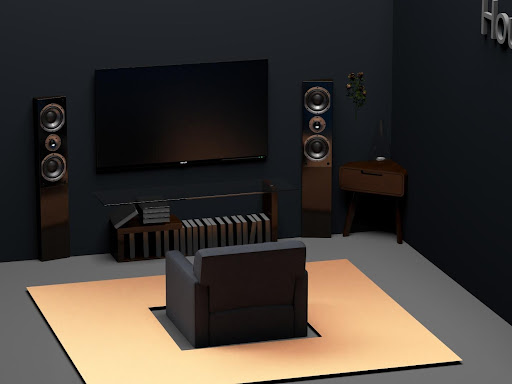
Disadvantages of HDR Technology on 4K Home Theater Projectors
HDR technology is a relatively newer technology. So, it does have several downsides to it as of now. Most of them are insufficiencies related to hardware.
Even though most streaming platforms support HDR, if you still have the old hardware, you cannot stream HDR content.
If you cannot replace your old hardware, you will have to wait for the new Ultra-Blu ray players that stream a similar quality image. Blu-ray players are trying to match up to the quality of HDR.
Another weak side of HDR technology is its gaming capabilities. HDR home theater projectors need to be improved for comfortable gaming.
Many popular projector manufacturers produce 4K HDR home projectors with the latest firmware update. Once you are comfortable with its other features, you can buy them worry-free as they have the best performance and quality in terms of visuals.
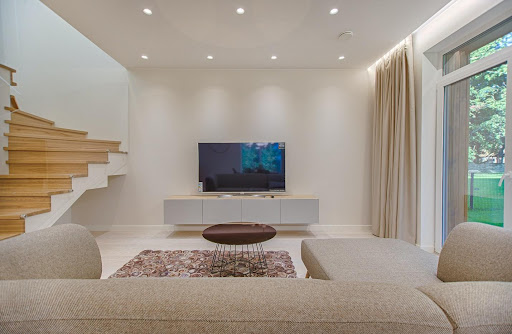
Summary
HDR technology is a popular word in the display industry. They are famous for their high-quality images. HDR projectors have a wider color range.
Some of the different types of HDR technology are HDR 10 and HDR 10+. They also provide more details about the shadows on the screen. This help with the color depth of the images, and the result is a life-like image.
HDR performs well than the commonly used SDR projectors. All the popular video platforms like Netflix use HDR content now. So, we can conclude that HDR has already significantly impacted the display industry.
FAQs
- Does HDR affect 4K?
No, HDR and 4K are two different features. Both of them can be present together in a device. They don’t cancel each other out. Both features improve the visual quality on screen but do not affect each other.
- Is the HDR effect good for movies?
Yes, the HDR effect is perfect for movies. Because HDR improves the quality and clarity of the images shown on screen. The color range of HDR is relatively high. So, you can watch a life-like movie with the help of HDR.
- Does Netflix have a 4K HDR?
Yes, Netflix has 4K HDR content ready to stream. Amazon Prime, Warner Brothers, etc., also supports 4K HDR content.

I’m Steven Berry and I’m the proud owner of an electronics store. With years of experience in the industry, I’m passionate about providing top-quality projectors to customers who want to take their entertainment or business presentations to the next level. Browse my store and let me help you find the perfect projector for your needs.



